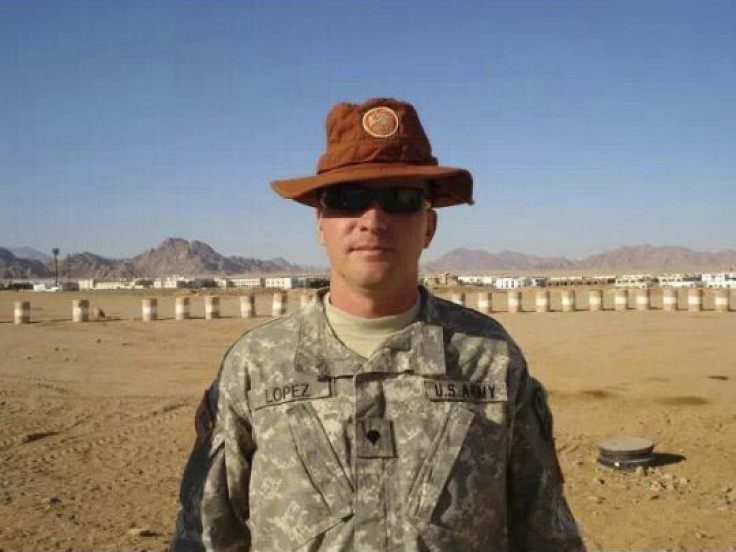Pentagon Ignored Recommendations That Could Have Prevented Fort Hood Shooting, Former Official Says

The Department of Defense ignored key recommendations issued after the 2009 Fort Hood shooting that might have prevented Wednesday’s deadly attack at the same Army base in Texas, says a former military investigator.
The former member of a task force set up by the Pentagon after the 2009 incident, in which an officer killed 13 people, said the shooting spree by Spc. Ivan Lopez that killed three people and injured 13 on Wednesday could have been prevented if the group's findings had been implemented.
“My understanding is that he [Lopez] was being looked at for depression, people had concerns about his behavior. If they had a unit that they could report their concerns to … I think there was a chance” that the incident could have been prevented, Dorian Vanhorn, a former U.S. Naval Criminal Investigative Service (NCIS) official, told IBTimes in a phone interview Thursday.
Vanhorn was part of the Task Force on Predicting Violent Behavior, whose report was published on Aug. 21, 2012. A key finding was that the Pentagon needed to create so-called Threat Management Units (TMUs), or groups made up of law enforcement officials, mental health professionals and legal and human resources professionals, to assess the behavior of individuals and prevent an escalation involving a violent act. Vanhorn was appointed by the Pentagon to the task force because she had established the first, and only, TMU for the U.S. military, in 2005.
But the Department of Defense has not followed that advice, and no TMUs have been created.
“There is not a particular unit [within the Army or Department of Defense] that would have dealt with this," Vanhorn said. "From my working knowledge, they still do not” have any units of this kind, she added. However, she noted that not every incident can be prevented, even when there are TMUs in place.
Vanhorn pointed out that most major universities, as well as major corporations and federal agencies, use different kinds of TMU to prevent incidents. They put together experts from different fields who can deal with an array of threats, including violent and nonviolent, to workplaces or campuses.
A Department of Defense official acknowledged that the DOD has not implemented TMUs, but did say it has incorporated some aspects of the task force’s recommendations.
“The DOD is incorporating a Threat Management Unit-like capability at the Service level into the DOD Insider Threat Policy,” the official said in an email. The Insider Threat Policy was established in 2011 to prevent and detect leaks of classified information by “malicious insiders,” which would include assessing an individual's threat level and his or her potential to harm others.
“I think the problem is for a good threat management team to work, there doesn’t always have to be a crime, which is hard for a lot of law enforcement or people to understand,” Vanhorn said, adding that one has to have “a whiff of something," or sense that something is not right about an individual. "So you don’t always have a chargeable offense,” she said.
Vanhorn said she worked on hundreds of cases over nine years with NCIS, and that none of them resulted in violent incidents -- although it would be hard, she added, to say how many of those cases actually would have materialized into a life-threatening event if not for the intervention.
© Copyright IBTimes 2024. All rights reserved.












